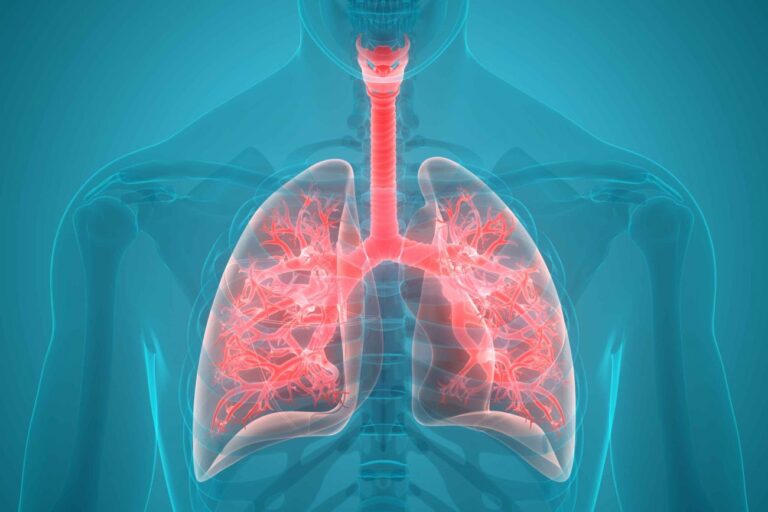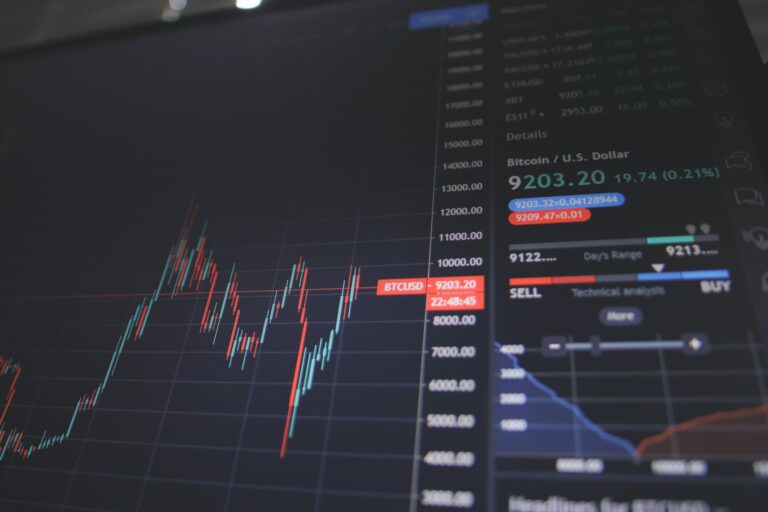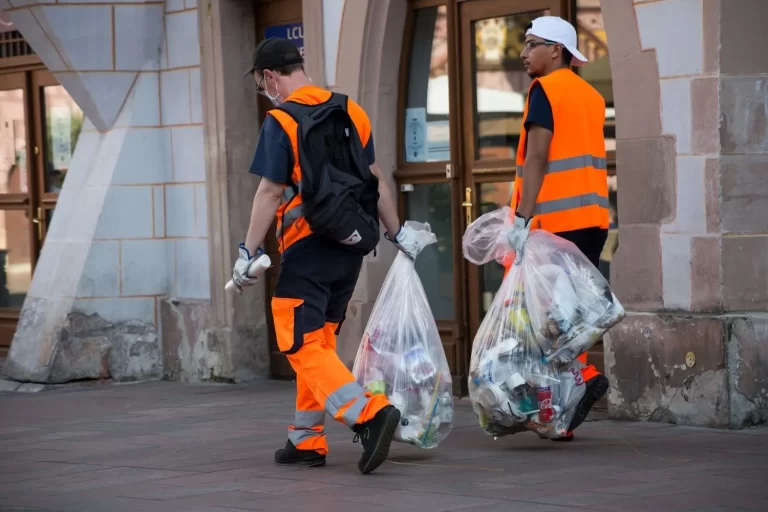Mammogram and it’s uses
A mammogram detects abnormalities in the breast. The test is taken by a radiologist, who will position each breast on a special X-ray plate and take several images from different angles. Mammograms can be used to detect both cancerous and non-cancerous abnormalities. They are an important tool in the early detection of breast cancer, as they can often detect tumors that are too small to be felt by hand. Mammogram in Fair Lawn, NJ doesn’t cost a lot of money and is very efficient. Mammograms are not perfect, and can sometimes give false-positive results (meaning an abnormal result is found, but no cancer is present). However, they are still the best tool we have for the early detection of breast cancer, and they can save lives.
Working of mammogram
A mammogram is used to detect early signs of breast cancer in women who have no other symptoms. Mammograms are usually done every two years for women over the age of 50. Women with a family history of breast cancer or other risk factors may need to start getting mammograms at an earlier age. The examination is performed by a radiologist, a doctor who specializes in interpreting X-rays. A mammogram usually takes about 15 minutes. During the exam, the breast is compressed between two plates. The compression helps to spread out the breast tissue and makes it easier to see on the X-ray. The X-ray image is then transmitted to a computer, where it can be viewed on a screen or printed.
The typical cost of a mammogram
A mammogram is an X-ray of the breasts used to look for early signs of breast cancer. The average cost of a mammogram is $100, but the price can vary depending on the facility, the type of mammogram like a 3D one costs more than a 2D scan. There are several ways to get help paying for a mammogram, including financial assistance programs and sliding-scale fees. While the cost of a mammogram may seem like a barrier for many, it is to remember that early detection is key to treating breast cancer.









